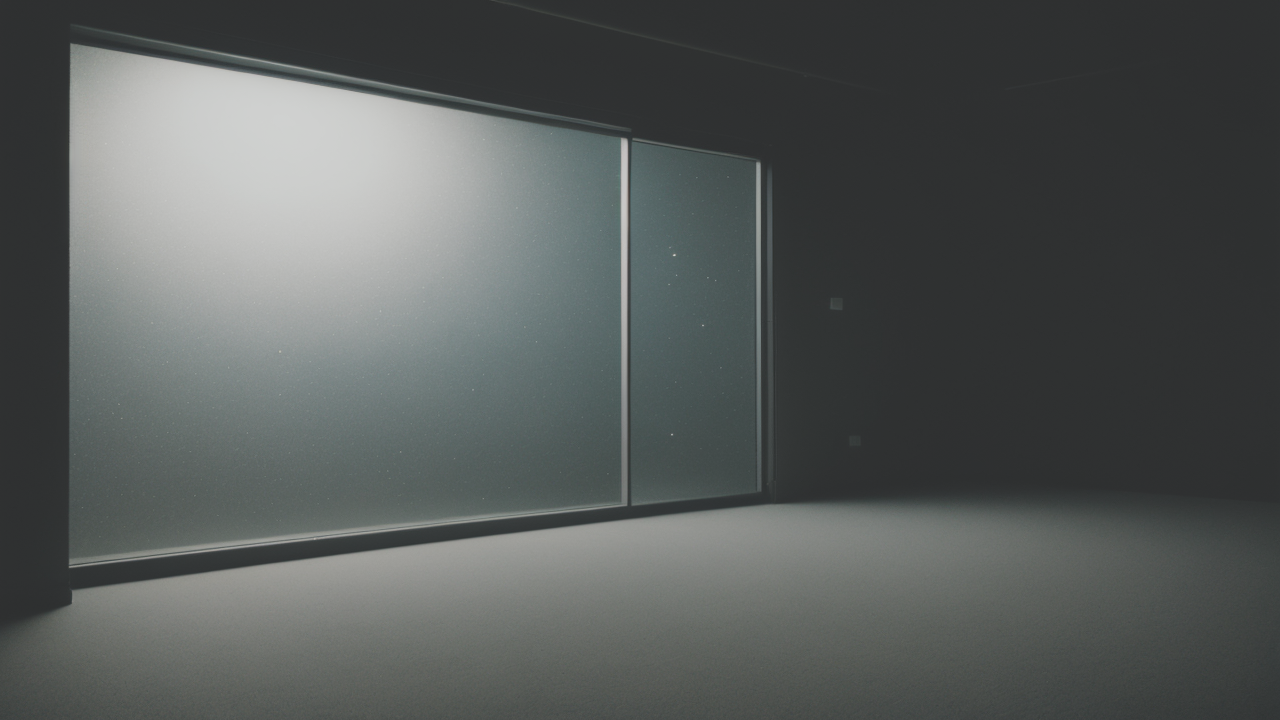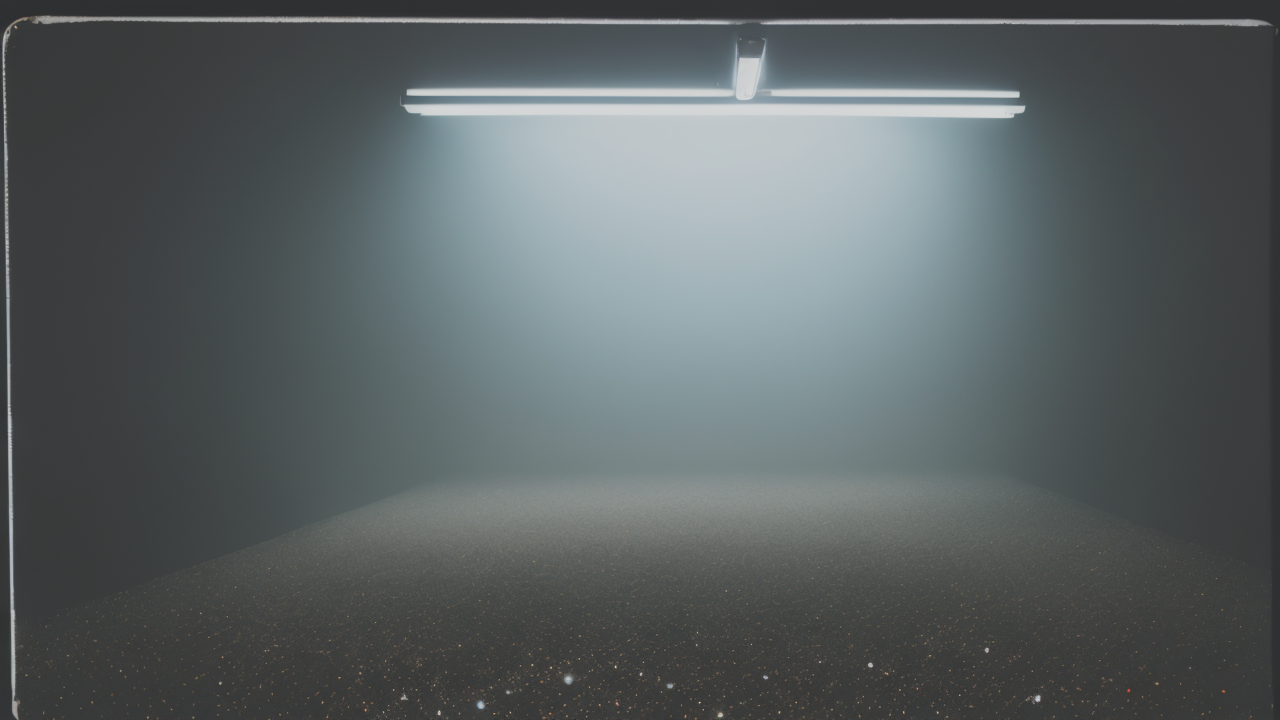
Texture in Minimalism: A Professional Guide to Drawing Techniques
The Essence of Minimalism in Art: Embracing Simplicity
Understanding Minimalist Aesthetics
Minimalist art is all about simplicity. It focuses on the bare essentials. In oil painting, this means using fewer elements to create impact. Artists often use limited colors and simple shapes. The goal is to express a lot with very little.

Texture plays a big role in minimalist oil paintings. It adds depth to simple works. Artists use different methods to create texture. They might use thick paint or subtle brush strokes. The mix of smooth and rough areas makes the painting interesting. It invites viewers to look closer and notice small details.
Minimalist art often has a calm feel. It can create a sense of peace in a room. The simple designs allow people to focus on the art's core message. This style suits modern homes and offices well.
The History of Minimalism in the United States Art Scene
Minimalism began in the United States in the 1960s. It was a new way of thinking about art. Artists wanted to move away from complex, emotional styles. They focused on basic shapes and colors instead.
Some key artists led this movement. Frank Stella and Agnes Martin were important figures. They made art that was simple but powerful. Their work often used geometric shapes and plain colors.
Over time, minimalism changed how people saw art. It showed that art could be simple yet meaningful. This style spread to other types of art too. Today, many artists still use minimalist ideas in their work.
Techniques for Creating Textured Minimalist Oil Paintings
The Role of Color and Composition
In minimalist oil painting, color choice is key. Artists often use just a few colors. Some even use only one color in different shades. This helps make the texture stand out more.

How the painting is arranged matters too. Artists think carefully about where to put each part. The empty spaces are just as important as the painted areas. A simple layout can have a strong effect when done well.
Balance is crucial in minimalist art. Each part of the painting needs to work with the others. Even small changes can make a big difference. Artists often spend a lot of time getting this balance right.
Innovative Tools and Materials for Oil Painting
Artists use many tools to create texture in minimalist oil paintings. Palette knives can make thick, bold marks. Dry brushes can add light, scratchy textures. Some artists even use things like sponges or combs.
The type of paint matters too. Some artists mix other stuff into their paint. This can change how it looks and feels. Sand or gel can create unique textures. The surface the artist paints on is also important. Rough canvas can add extra texture.
New tools keep being invented. Some artists use special rollers or texture plates. These can create patterns in the paint. Digital tools can help plan textures before painting. Artists often try new things to find fresh ways to make texture.
Step-by-Step Guide to Achieving Desired Texture
- Choose your colors. Keep it simple with just a few.
- Pick your tools. Try brushes, knives, or other items.
- Prepare your surface. Make sure it's clean and ready.
- Start with a base layer. Apply paint evenly.
- Add texture while paint is wet. Use your chosen tools.
- Let it dry a bit. Then add more layers.
- Build up texture slowly. Don't rush.
- Step back often. Look at the whole painting.
- Make small adjustments. Fix any areas that need it.
- Finish with subtle details. These can make a big difference.
Remember, practice makes perfect. Try different methods to find what works for you. Each artist develops their own style over time.
Navigating the Market: Selling Minimalist Oil Paintings
Positioning Your Artwork in the Market
To sell minimalist oil paintings, know who might buy them. Many people like calm, simple art. Show how your art can make a space feel peaceful. Talk about the textures you use and why they matter.

Think about where your art might go. Minimalist paintings often look good in modern homes. They can also work well in offices or hotels. Show examples of your art in different spaces. This helps buyers imagine it in their own place.
Tell your story as an artist. Explain why you make minimalist art. Share what inspires you. This helps people connect with your work. It can make them more likely to buy.
Tips for Effective Online and Offline Sales
Selling art online is a great option. Take clear, high-quality photos of your work. Show close-ups of textures. Use social media to share your art and process. Engage with people who like your posts.
In person, join art fairs and gallery shows. This lets people see your art up close. They can feel the textures and see the details. Network with interior designers. They might suggest your art to clients.
Price your art fairly. Research what similar artists charge. Don't undersell your work, but be realistic. Offer a range of sizes and prices. This gives buyers more options.
Building a Community Around Minimalist Art
Creating a community can help you sell more art. Teach workshops about your techniques. This can get people interested in your work. They might become customers or tell others about you.
Work with other artists. You can share ideas and support each other. Join local art groups. This can lead to more opportunities to show and sell your work.
Write about minimalist art. Share your thoughts online or in art magazines. This can make you known as an expert. It can increase interest in your paintings. Keep learning and growing as an artist. Your community will grow with you.


